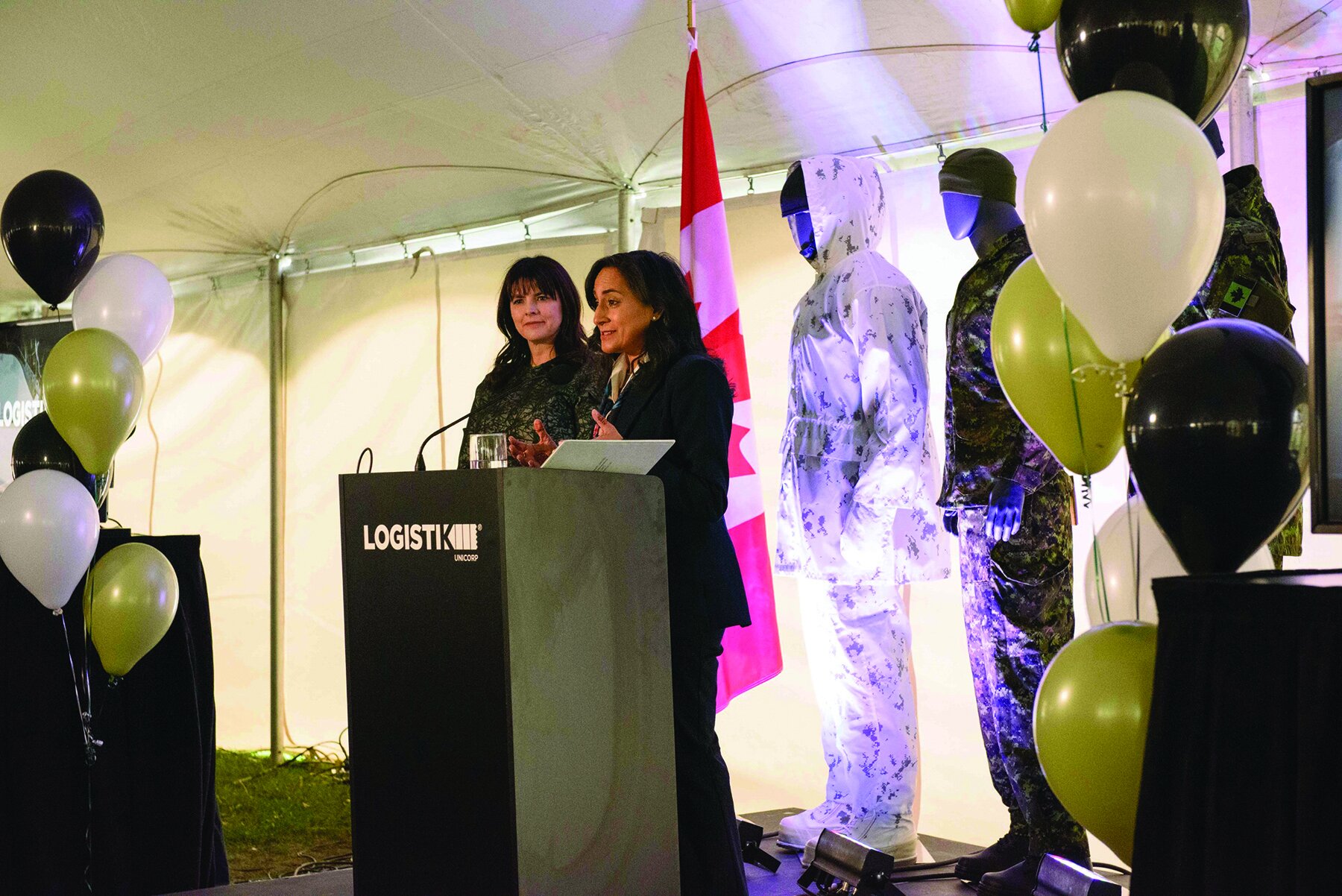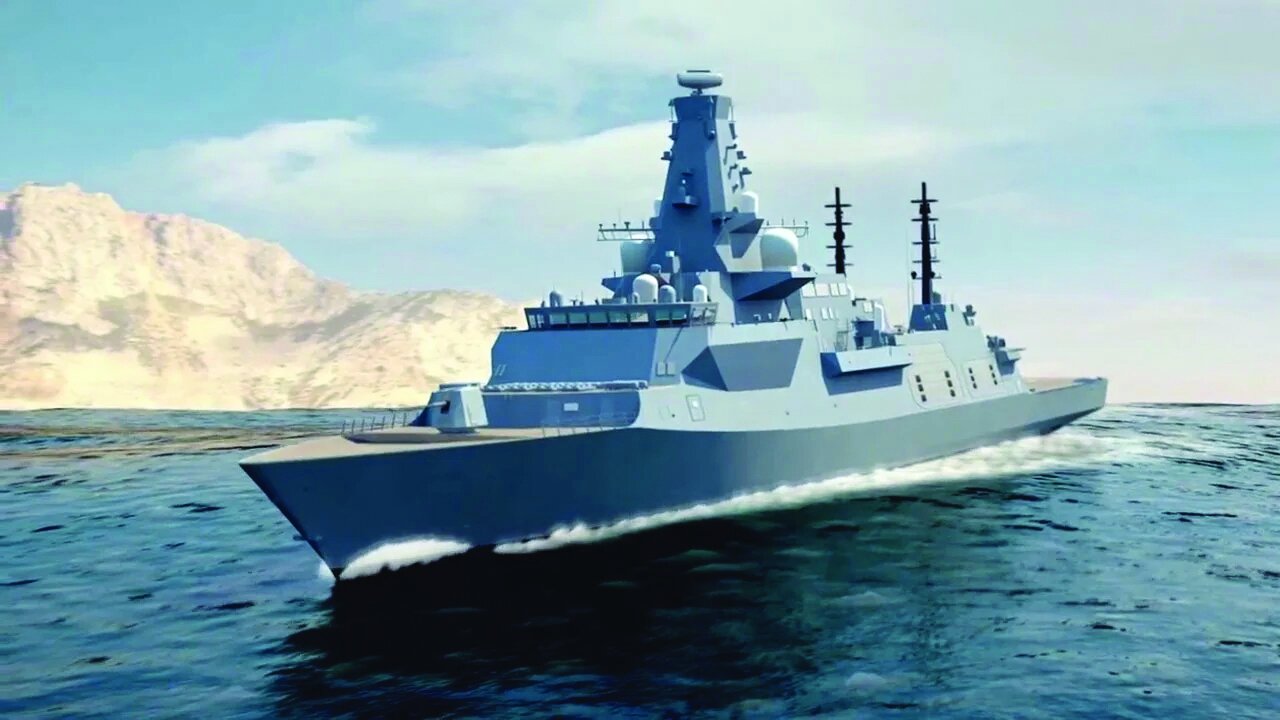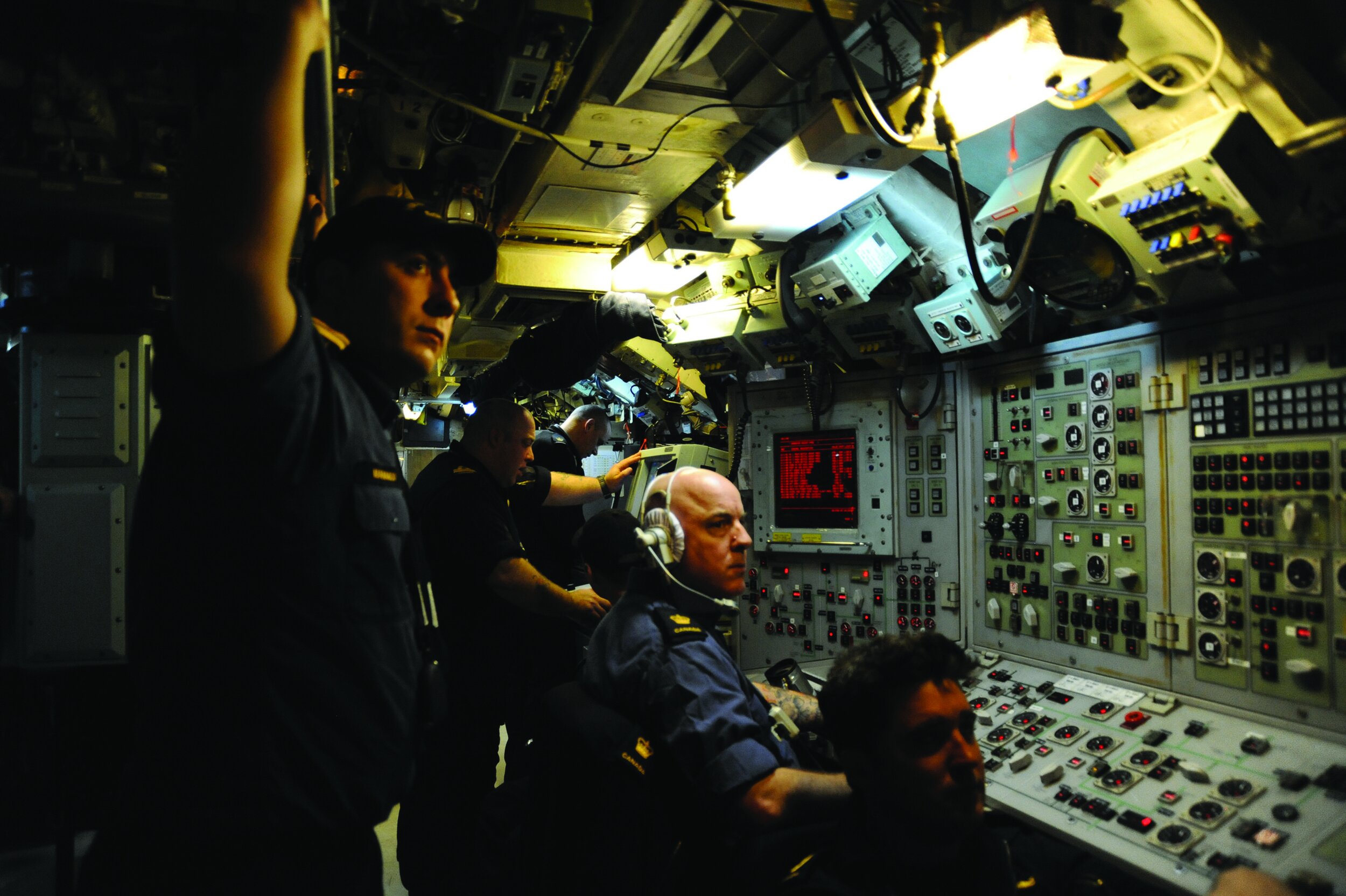U.S. President Donald Trump represents one of the most dangerous threats to Canada in decades (US Dept. of Defense photo)
By Tim Ryan
U.S. President Donald Trump has been clear – he doesn’t believe Canada is a viable country and he wants to annex our nation. Trump advocates that Canada would become the 51st U.S. state.
In the course of a few weeks, Trump’s ongoing campaign to absorb Canada has erased decades of close co-operation between the two nations. The U.S. is no longer Canada’s closest ally.
According to a new poll released Feb. 20, more than a quarter of Canadians now see the United States as an “enemy” nation.
Trump’s claims about Canada’s worthless military shows what he truly believes of the sacrifice this country has made in supporting the U.S. Just aiding the Americans in Afghanistan alone cost Canada more than $20 billion, 159 lives and more than 2,000 wounded. With his dismissive words Trump dumped that legacy into the garbage.
Retired Vice Admiral Mark Norman has become a breath of fresh air to counter those who continue to make excuses for Trump and claim that Canada is getting what it deserves.
Writing in the National Post on Feb. 14, Norman told it like it is- Canada is under attack by the U.S. and has to act accordingly. “When the leader of our closest neighbour, ally and trading partner says that he can destroy us with the stroke of a pen — and repeats his willingness to do so — it is more than just an expression of perceived superiority or hyperbole, it’s a real threat,” Norman wrote. “To dismiss it as anything less would be irresponsible and naive.”
The U.S.-Canada relationship is kaput. Canada, Norman argued, must focus on moving on. But also, it should not sit back and let the U.S. continue to try to destroy our nation. “This may need to include otherwise previously unthinkable actions such as shutting off our oil and gas, electrical power and critical supplies, as well as the abandonment of historic diplomatic and military relationships and commitments,” Norman pointed out.
But Trump has his supporters among the retired Canadian military ranks.
Retired Lt. Gen. Andrew Leslie took to X on Feb. 19 to question why Canada was not fixing “the things that are causing US angst?” He included border security, defence and the trade imbalance in that list. “It’s not that hard,” Leslie claimed.
That prompted Globe and Mail columnist Andrew Coyne to question why Canada should give into Trump’s threats: “Why are ex-military guys counselling surrender?” Coyne asked on X.,
Globe and Mail columnist Gary Mason was equally blunt about Leslie’s remarks. “Not that hard? What an idiotic thing to say,” Mason stated. “As if any of that would make a difference to someone intent on annexing this country. Just a brutally ignorant statement.”
Retired Gen. Rick Hillier went on X Feb. 15 to complain about Canada and throw his weight behind Trump supporter Kevin O’Leary’s proposal for a common dollar, integrated border and immigration requirements and common economic approaches with the U.S.
That earned Hillier both support and hatred, including from some Canadians who suggested he was a traitor.
Some compared Hillier’s response in negative terms to Norman’s patriotic take.
Hillier also took to social media to admonish angry Canadians for booing the U.S. national anthem at hockey games. But Canadians were in no mood to be lectured. They pushed back, labelling Hillier as a U.S. lackey.
Tobi Lutke, who co-founded Shopify, also got raked over the coals for claiming that Canadians want their government to support Trump’s initiatives. “Win by helping American win,” Lutke claimed.
Trump has only continued to insult Canada. “They don’t have military protection, and you take a look at what’s going on out there, people are in danger” he claimed. “They need our protection.”
Neither Leslie nor Hillier addressed those insults towards the Canadian Forces.
Trump suggested his good friend, Canadian hockey legend Wayne Gretzky, could even become governor of the annexed country. Gretzky’s silence in the wake of Trump’s ongoing attacks on Canada didn’t earn him much respect. He was denounced by some of his fellow Canadians as a traitor who has spent too much time in the U.S.
A petition was started to rename Wayne Gretzky Drive in Edmonton.
“It feels a little bit embarrassing how desperate we are to try and hang on to him like the Canadian hockey legend when he doesn't want anything to do with Canada,” said Grant Prete who is spearheading the renaming effort.
While it might seem that Trump’s brand of bullying will eventually disappear when the president leaves office, Canadians shouldn’t be counting on that. Like all great empires, the U.S. has started to begin its downward slide. Its debt is increasing. Climate change has been having a significant impact on some parts of the country.
America of the future needs two things to continue to function – critical minerals and water. Canada has both.
The Canadian Press news service points out that Canada is a key supplier of 13 of the 35 minerals on the United States' critical list- the minerals it needs for its economic and national security. Those include tellurium, niobium and uranium. In 2023 the U.S. bought almost $30 billion worth of critical minerals from Canada. The U.S. accounted for 59 per cent of all Canada's critical mineral exports, the Canadian Press news service noted.
Trudeau told Canadian business leaders behind closed doors that Trump's threat was "a real thing," and he cited the president’s desire to access Canada's critical minerals.
In a November 2024 report the Council of Canadians pointed out that the U.S. is running out of water. To “Make America Great Again” Trump wants to bring jobs, agriculture and energy production back to the U.S.,” wrote Maude Barlow of the Council of Canadians. He can’t do that without water. As a result, Trump has his eye on Canada’s freshwater supplies.
But Barlow argues that Canada, which has about seven per cent of the planet’s renewable freshwater, needs every drop to deal with both climate change and demand.
The threat of annexation will not go away with Trump.


























